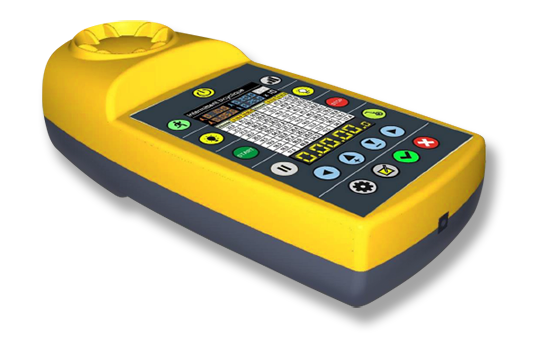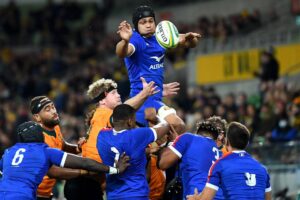Physical preparation in rugby
In any sport, whether practiced individually or in teams, physical preparation is a fundamental element for rugby players. This preparation is essential to ensure optimal performance on the field, while reducing the risk of injury and increasing the overall performance of the players.
Rugby is a demanding sport that requires a combination of strength, endurance, speed, agility and power. Proper physical preparation allows players to develop these athletic qualities that are essential to excel in all facets of the game. Physical preparation in rugby is therefore essential.
First of all, a rugby-specific physical preparation programme typically includes exercises aimed at strengthening the muscles of the body, with a focus on the muscle groups involved in the specific phases of play, such as scrum, lineout, tackles, and running. Targeted strengthening work helps to improve muscle power and endurance, which is crucial for situations of intense physical contact on the pitch.
Secondly, endurance training also plays an essential role in the physical preparation of rugby players. Running, cycling and other forms of cardiovascular exercise are incorporated into the training program to improve the aerobic capacity of the players, allowing them to maintain a high level of performance throughout the game.
On the other hand, agility, speed and coordination are key elements in rugby, where players must be able to change direction quickly, react quickly to game situations and coordinate their movements precisely. Specific exercises are therefore included in the training program to develop these important athletic skills.
Finally, physical preparation also includes a recovery and injury prevention component. Stretching, mobility work, and active recovery sessions are incorporated into the program to help players maintain flexibility, prevent injury, and promote rapid recovery after training and games.
1.The caracterisitcs of rugby
First of all, rugby is one of the few sports that allows tackles. They are more and more present and intense. Indeed, they have tripled since the 1970s. In the 2019 6 Nations Championship, more than 320 tackles are made during a match.
In addition, the number of rucks has also increased over the past 30 years. According to Austin et al, the ability to sprint is decisive in an overall match as many tries are scored after races at high speed/intensity.
In addition, players train according to their positions, distinguishing between “forwards” and “backs”. Rugby also alternates sequences of play with recovery periods called “high” and “low”.
2.The differents areas of work to be improved
-
Endurance
It is essential, as in majority of sports, to establish the aerobic bases which will allow our athetes to digest the load of preparation before the season but also that during the season.To do this, it is advisable to carry out sessions that are not very intense but which last over time by using the aerobic system (jogging, fartlek, split, intermittent, etc.). This endurance work will help to maintain a high level fitness for as long as possible.
The Sportbeeper PRO would be suitable for this type of exercise.
-
Power
Finally, let’s remember that power is equal to force multiplied by speed. As outlined above, a rugby player will perform many sprints and split wrestling efforts during a match.
In order to be as efficient as possible and thus gain a physical advantage over one’s opponents, speed work must be put in place during the week. This work needs to resemble match situations as much as possible de ressembler with distances equivalent to the sprints carried out according to the positions but also taking into account the different reaction signals (visual, kinaesthetic…).
Muscle training should be carried out in order to be able to withstand the numerous shocks.



